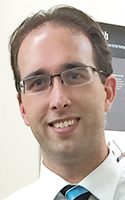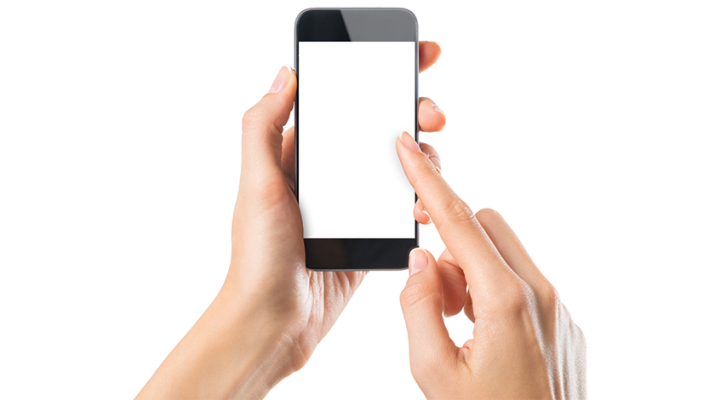By Deborah Jeanne Sergeant

If your child complains of hand and neck pain, keep a closer eye on his texting and tablet habit. It might be the culprit.
“I see this very, very often,” said Christopher Herrington, chiropractor and owner of Herrington Family Chiropractic in Amherst. “I see it a lot in kids through late 20s.”
Called “text neck” in the industry, phone-related neck pain results because people use “the wrong muscles for the wrong things,” Herrington said.
When looking down at a keyboard or phone, muscles of the chest and back of the neck, which are meant for lifting, are being used for posture. Herrington said that they weren’t meant to remain static so long.
Sitting up straight and keeping the device at a comfortable level can help prevent injury, but he added that teens should not spend more than two to three hours daily doing things on a screen.
“Change positions constantly. Set a quiet alert on your phone to remind you to get up and walk around. In general, stay more active as well,” said Herrington.
In addition to neck pain issues, Herrington said that he sees many people 25 and younger who exhibit carpal tunnel-like conditions and headaches. The first step is identifying the problem.
“If it’s from using a cell phone too much, stop using it so much,” Herrington said. “It’s simple, but true.”
Lisa Hester, chiropractor and owner of Hester Health in Orchard Park, said that “headaches at the base of the skull are usually neck headaches. Also, those that are behind the eye. That can be another indicator of text neck, but of course these headaches can mean other things.”
In New York state, patients may self-refer to a physical therapist, chiropractor, or other specialist without seeing a primary care provider. Physical therapy, combined with home care, can offer relief for many people.
Hester said that Bruegger’s Relief Position, a stretching regimen commonly available online, “is a good, general exercise to do for people using a phone or sitting at a desk all day.”
Herrington is a big believer in trying to help his patients become well enough so they can “treat themselves” at home with exercises to stretch and strengthen themselves.

